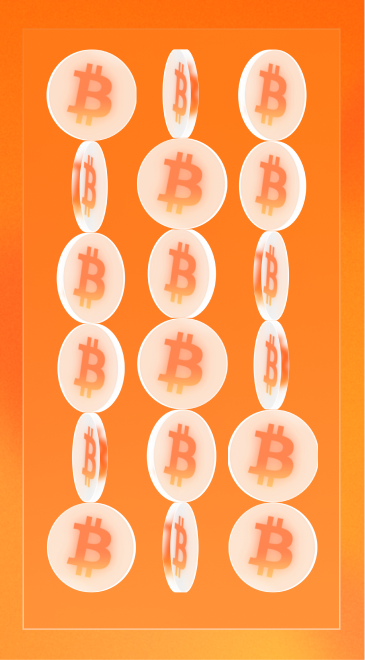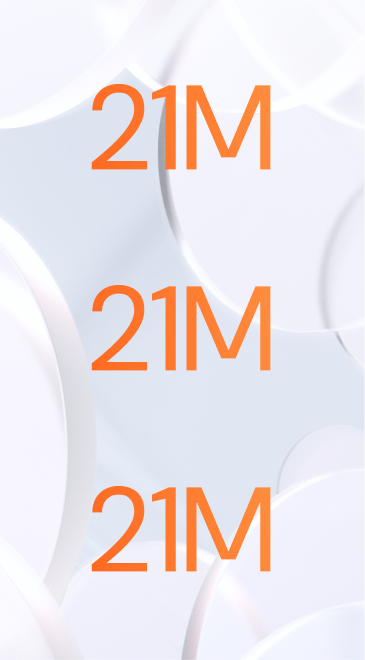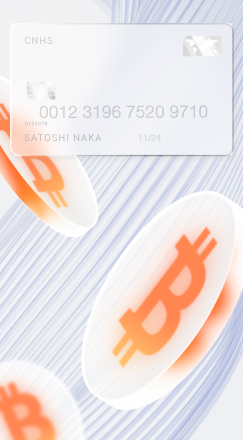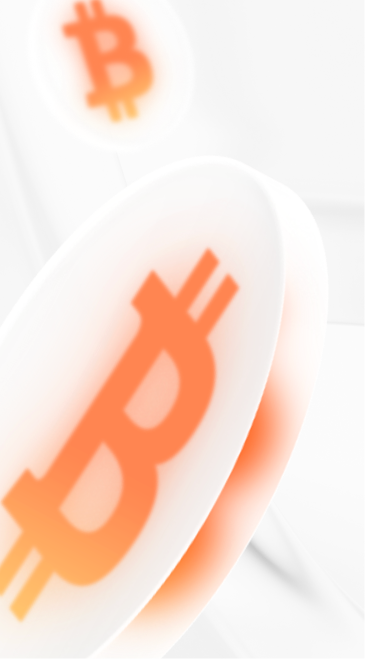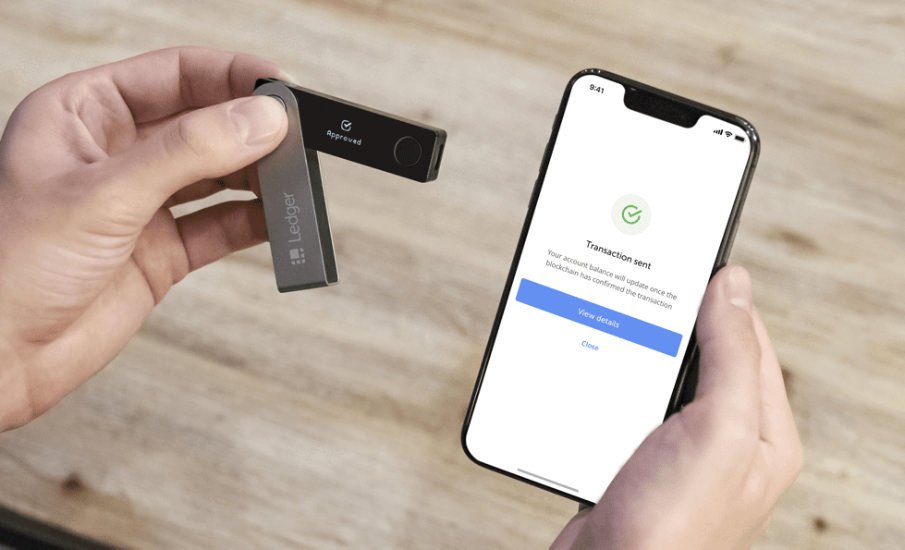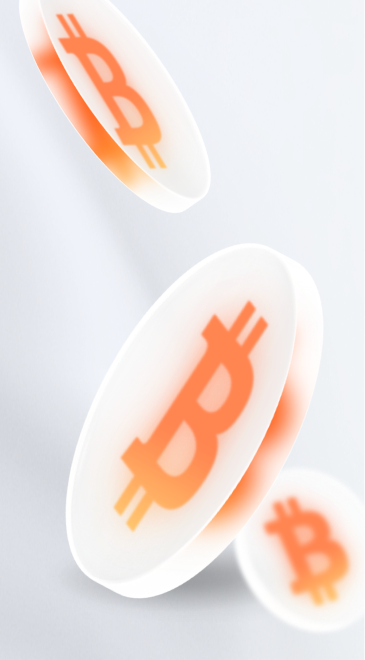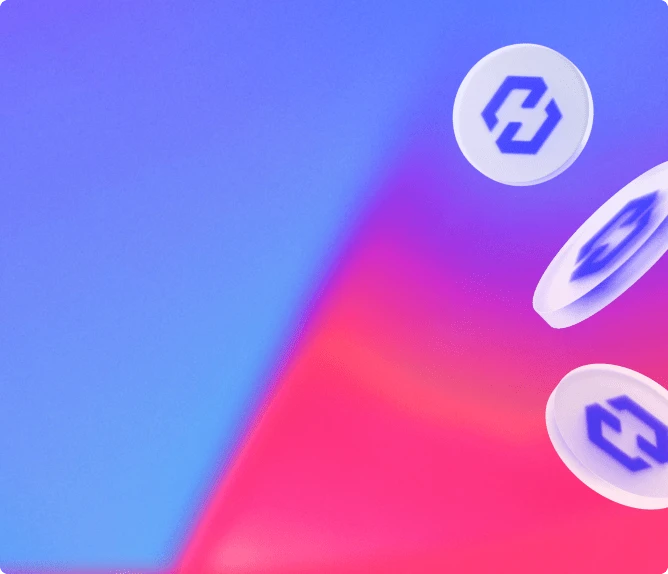Bitcoin is an innovative payment network and a new form of money. This technology is anchored in the dynamics initiated by the Internet, which has enabled the decentralization of information and the instantaneous nature of communications around the world. Bitcoin, on the other hand, brings the decentralization of payment systems and the instantaneous nature of transactions worldwide.
Key features of Bitcoin
Bitcoin has a number of innovative features:
Bitcoin is decentralized and open to everyone
It is not controlled by any company or government. Any user can become a “node” of the network, which means that he can check the validity of every transactions by himself. He then holds his own copy of the Bitcoin blockchain, which is replicated in tens of thousands of copies around the world. The protocol is open-source and accessible to all; anyone can propose an improvement and contribute to its success. For the first time, a currency has an extremely resilient platform as its underlying.
Bitcoin is a peer-to-peer network
For the first time in the digital world, you have the power to own a digital asset yourself. You have full control and no one can freeze or seize your funds against your will. When you perform a Bitcoin transaction, only you and the receiver are involved and as long as your transaction is valid it will be processed by the network. Bitcoin makes it possible to transfer value without traditional trusted third parties such as banks and to carry out direct exchanges between individuals.
Bitcoin is scarce
New bitcoin units are emitted on average every 10 minutes by a “mining” process and the amount emitted is halved every 4 years. There will be no more than 21 million bitcoins in circulation. Each bitcoin is currently divisible into 100,000,000 units called “satoshis”, but it will be possible to modify the division in the future to increase the number of satoshis in circulation. In any case, the last units will be delivered by 2140 !
Bitcoin is tamper-proof
It is based on a public and distributed “database” called the blockchain, which lists all Bitcoin transactions since its launch on 3 January 2009. It is impossible to revert a Bitcoin transaction if it has been recorded in the blockchain. As the nodes are able to check the integrity of all information added to it, it is not possible to pass a forged transaction over the network.
Bitcoin is programmable
Programmable currency: this is one of Bitcoin’s strong value propositions. Transactions from A to B are not the only possible interactions with Bitcoin, there is a programming language called Script that allows you to create more advanced contracts, such as creating an address controlled by multiple users, or setting time or execution conditions on a transaction. Together, these functionalities make it possible to set up innovative systems such as the Lightning Network.
How does it work?
A community-led consensus system
Since the Bitcoin system is an open source software, there are various compatible implementations of the software. The most common and used is Bitcoin Core. But no one is obliged to use it.
This is very important and is the reason why Bitcoin is a system without central authority. Even if few people have the rights to add code improvement on Bitcoin Core, there is no obligation for network participants to use this implementation.
Thus, if a controversial decision were to be decided, then participants could very well turn to another implementation that better defends their ideology. This is a pacifist way of exerting pressure on the developers of Bitcoin Core or even on the miners who can choose to align themselves with a decision or not.
Bitcoin is therefore a consensus system, where the different actors, despite their different opinions, end up aligning themselves with the desire of the majority of the community. In cases where this consensus has not been reached, there may be births of parallel chains, which Bitcoin has nothing to envy since they do not represent the desire of the majority of the community and are therefore not legitimate.
Cryptography
Bitcoin would never have been possible without the cryptographic advances made during the 20th century. Cryptography protects messages, ensuring their confidentiality, authenticity, and integrity.
The Bitcoin system is based in particular on asymmetric cryptography, an area of cryptography where there is a distinction between public and private data, as opposed to symmetric cryptography where the functionality is achieved by having a common secret data shared between participants.
Thanks to cryptography, it is possible for an individual to generate private and public keys via applications or devices called “wallets“. These keys are used to receive bitcoins as well as to sign messages such as “I send 1 BTC to the receiving address bc1qn2sc98976hjjr8q5ngxqqtmk8p97f7fjanl7e9” without having to reveal the signatory private keys that have full control over the bitcoins in their possession.
This system therefore allows the owner of the private keys to be the sole owner of the bitcoins in question. There is no need to trust a trusted third party, who could use their power to take the funds with them or confiscate/freeze them. Cryptography therefore allows bitcoins to be the first digital asset that can be wholly owned by its holder.
The mining process
Bitcoin relies on Proof of Work to economically encourage network participants to do their transactions’ validator work properly.
The participant who wishes to do so may take the role of a miner. He then competes with the other miners and must find a digital fingerprint called “hash” that is rare enough to add a given block to the Bitcoin blockchain, before all of the others miners
For example, the hash of the Bitcoin block n°571729 is 0000000000000000000000000000110574374f4977cba59e315492589c78451cc2252b894, it is a digital print of the block that “translates” the information contained in the block, including transactions added to the block, the fingerprint of the previous block, as well as numbers called Nonces that are changed at each iteration of the hashing function to create a new fingerprint at each new try in order to find a valid hash.
The valid hash must have a smaller value than the target given by the mining difficulty, which is what makes a valid hash start with a large number of zeros. The more zeros a hash starts with, the smaller its value. It is finding this rare hash that requires computing power and guarantees the system security: finding this type of hash for a new block requires a lot of electricity to be spent and the block would not be accepted by the grid if it were dishonest: a waste of time and money.
Thus, the mining process ensures that the cost of creating a block is very high. Which discourages dishonest actors. The cost of attacking Bitcoin is much higher than what can be derived from it.
If actors embark on mining, it is to get their hands on Bitcoin rewards in the form of money creation and transaction fees. Currently, 12.5 bitcoins are given to each block in addition to the transaction fees.
In summary, Bitcoin is a new financial system that relies on computer code, mathematics, cryptography, and a network distributed around the world to operate without any central authority. Bitcoin is therefore borderless because it is designed for the Internet, resistant to censorship thanks to its decentralized nature, programmable, and above all accessible to all with a simple Internet connection.









